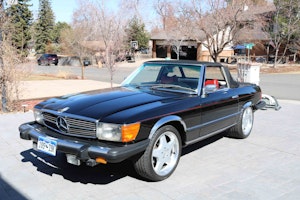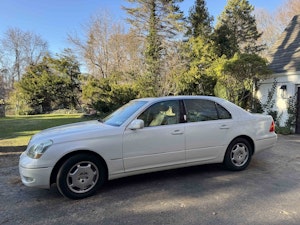Media | Articles
Celebrate Collector Car Appreciation Day with the greatest rides of each decade
Leading up to today’s Collector Car Appreciation Day, we’ve been counting each day with the greatest vehicle of each decade, from the earliest days of the automobile to the present. Our final list, which spans everything from pre-War luxury to hot rods, exotics, and even an electric car, highlights some of the brightest moments in automotive history.
Think we made an egregious oversight and overlooked one of your favorites? Then go ahead and weigh in—respectfully—in the Forums below.
Ford Model T (1908–1927)
20180629130944)
Maybe the most significant car of all time, the Model T almost single-handedly changed the culture of worldwide industry during its near 20-year production run of more than 15 million vehicles. Prior to the T, cars were considered toys for the wealthy with few exceptions, and most were crude and unreliable. The Ford T was simple, affordable, sturdy, durable, and easily repaired. It became the catalyst through which humanity could easily expand its travel horizons beyond a few miles from home. At one point, half of all automobiles on planet earth were Ford Model Ts, and in the United States, at the height of its popularity, 40 percent of all new cars sold were Model Ts.
Rolls-Royce Silver Ghost (1910s)
Marketplace
Buy and sell classics with confidence
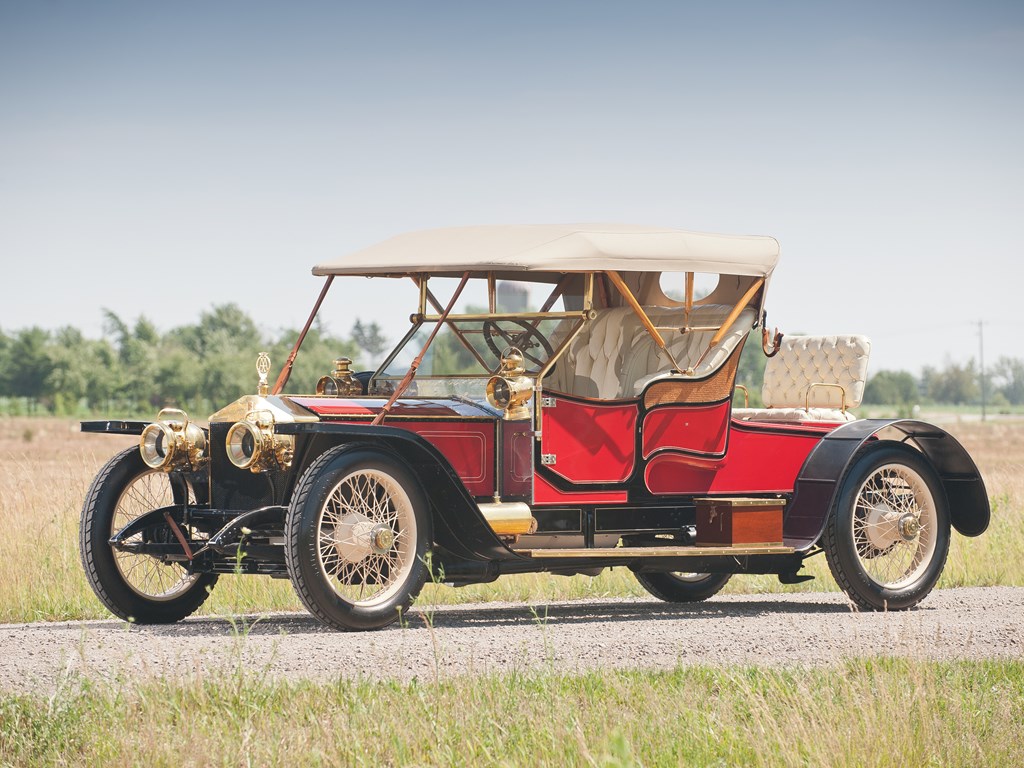
Due to its vibration-free operation and quality of construction, the Silver Ghost, or 40/50, was quite rightly renowned for durability and became the bedrock on which Rolls-Royce constructed its enviable reputation. With the 40/50, Rolls successfully developed an inline six-cylinder engine which was smooth and quiet and paired the third and fourth pistons on the same crank throw, a system soon adopted by all other manufacturers of such engines. The silence of operation and grand size gave it a dignity few others possessed. And being so expensive to purchase, it was enjoyed primarily by the few who enjoyed the finest things in life then available. Many automotive historians consider the Silver Ghost to be the most famous car ever made, full stop—mic drop—walk away.
Duesenberg Model J (1920s)
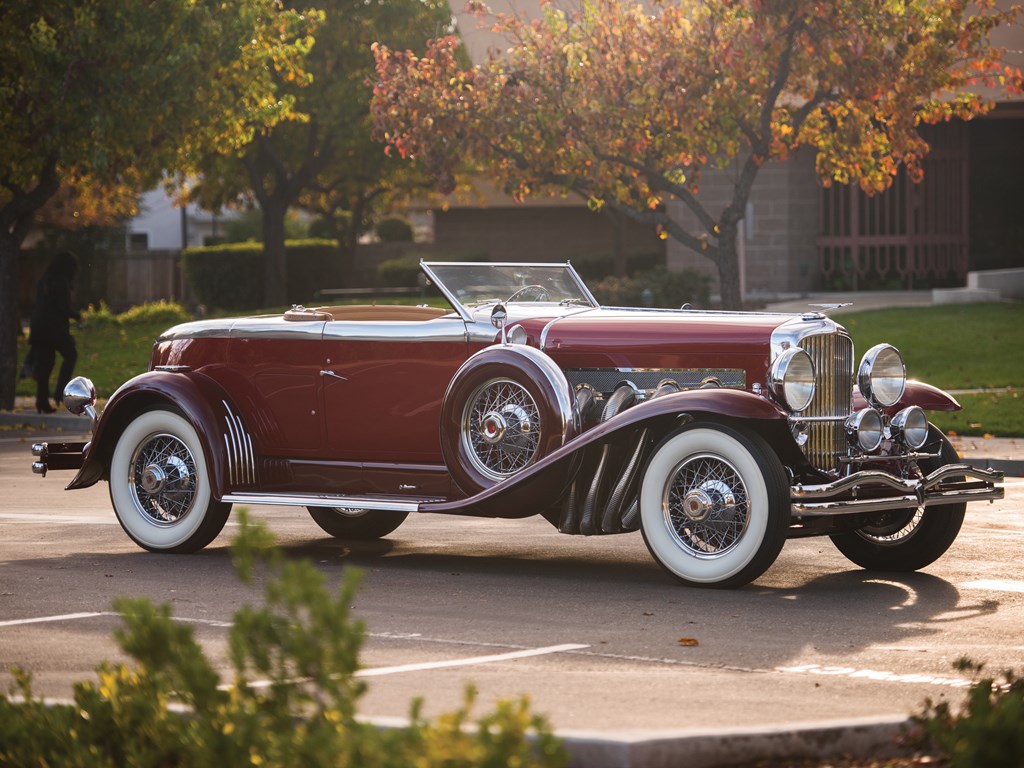
Despite launching in 1928 on the verge of the stock market collapse, there were still enough blue-blooded aristocrats and Hollywood elites to keep the Model J alive and in production for nearly a decade. The gorgeous Deusy houses a Lycoming-built straight-eight with dual overhead cams and four valves per cylinder, a setup that could still be considered exotic a lifetime later. The normally aspirated version was good for 265 horsepower, and that’s exactly how much power you got 30 years later in a new E-Type Jag. When it was new, it was just about impossible to find a faster, more cleverly engineered, more lavishly equipped, or more imposing automobile anywhere in the world. And the only way it could have been more of an obvious status symbol is if it ran on caviar and the blood of endangered species.
1932 Ford (1930s)

If the Ford Model T was the car that put the masses behind the wheel, the ’32 Ford was the car that gave them style and power. Not only are the grille shell and clean body lines lasting icons, the combination of the car’s construction and its introduction of Ford’s flathead V-8 helped make it last for generations as the go-to for race cars, customs, and hopped-up hot rods. While Ford’s “banger” four-cylinder was also the frequent target of dry-lake racers and hot-rodders, the flathead Ford V-8 is responsible for the performance automotive aftermarket as we know it.
Jeep CJ (1940s)
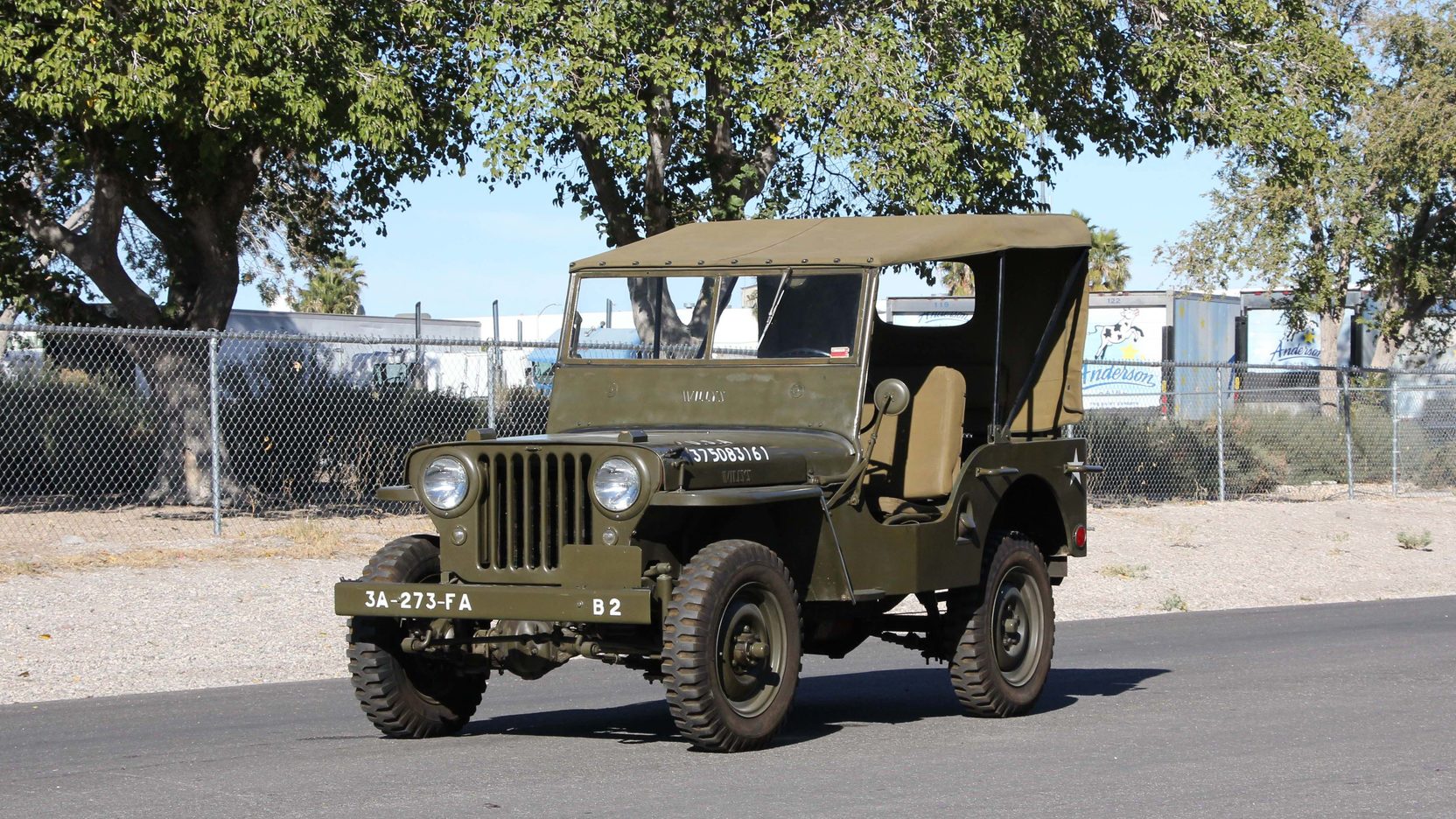
Prior to WWII, the U.S. Army’s idea of all-terrain transport included horses and motorcycles, but soldiers who rode too high in the saddle—figuratively and literally—got themselves shot. Ultimately, Willys handled most Jeep production, and it cranked out thousands of them in support of America’s war effort. Willys was also smart enough to license and build a civilian Jeep, the CJ2A, which first rolled off the line on July 17, 1945, about a month before Japan surrendered and WWII ended. There’s nothing complicated about the original Jeep CJ. No curvy lines. Not a lot of power. No creature comforts. But it was the perfect tool for the job, and the Jeep has been an icon ever since.
Mercedes-Benz 300SL (1950s)

Mercedes-Benz roared back to racing greatness in 1952, but U.S. importer Max Hoffman persuaded Mercedes that there were enough Americans with deep pockets and a penchant for sporty cars that it would be a good idea to build a road-going version of the W194. The 300SL was an absolute marvel in terms of styling, design, and performance. The 2996cc straight-six was the first in a passenger automobile with fuel injection, direct injection at that, which put it decades ahead of its time even among high-end performance cars. Thanks to its aerodynamic body and 240 horsepower, 140–160 mph was possible, depending on gearing. That made it the fastest production car of its day. Mercedes blew open the supercar market at a time when Ferrari and Maserati were still only selling road cars a handful at a time.
Ford Mustang (1960s)

Introduced at the New York World’s Fair on April 17, 1964, the Mustang blew our proverbial socks off and introduced an entirely new class of car. We loved the long hood and short deck silhouette. We loved that it had more options than a college quarterback. And we loved the price. While the average working stiff couldn’t afford a 911 or an XKE, they could afford a Mustang. With an MSRP of about $2500, boy did they sell. Ford’s goal was to move 100,000 units in the first year, but that many sold in the first three months. By 1969, two million Mustangs had rolled off the assembly line. It ignited the pony car wars, spurring Chevy to introduce the Camaro, and drivers have been reaping the benefits ever since.
Lamborghini Countach (1970s)
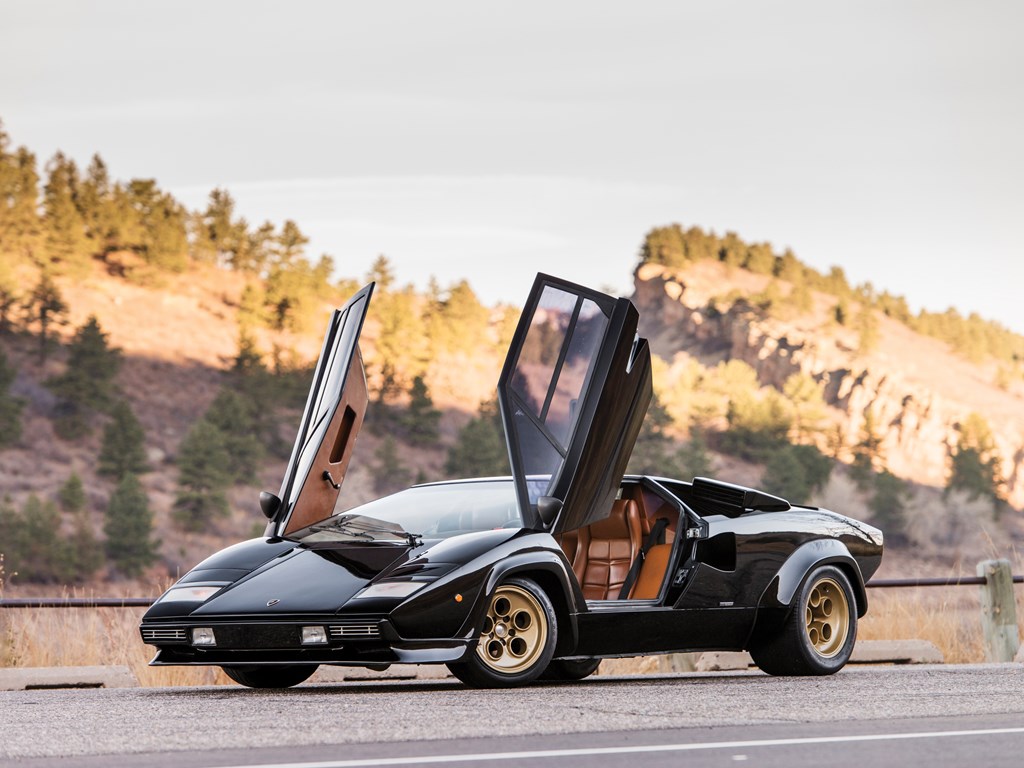
The Lamborghini Countach is hard to drive, impossible to park, the windows don’t open all the way, the interior is poorly ventilated, and just changing gears is a feat of human strength. None of that really matters. The Countach is the very embodiment of a supercar, the ultimate consecration to the gods of automotive excess. Whereas the Miura was the first truly great Lambo, the Countach made Lamborghini itself great. After the Countach, Lamborghini was a company that didn’t just build cars that are fast and attractive. It became a company that built cars that are outrageous, cars that are a laugh just to look at, and cars that are as tailor-made for the bedroom wall as they are for the wealthy playboy’s driveway.
Dodge Caravan (1980s)
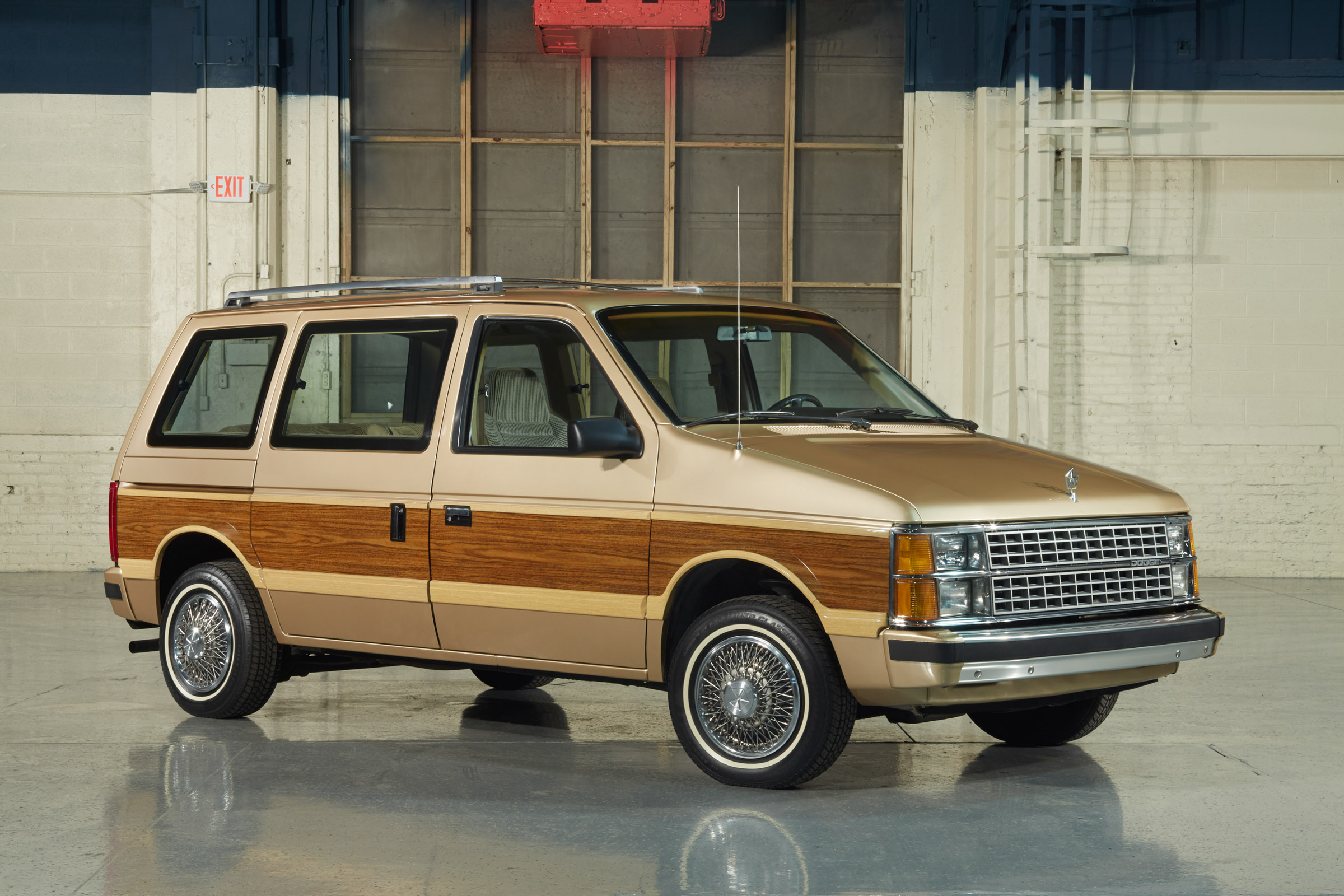
No, we haven’t lost our marbles. Just hear us out. The original Dodge Caravan/Plymouth Voyager isn’t just a minivan, it’s the minivan. There were attempts in the past, but the Caravan/Voyager got the formula just right and essentially started the minivan as a separate and ultimately very popular segment of the car market. Millions have been sold since, and while the crossover SUV has been on the rise in more recent years, minivans are still very popular (nearly half a million sold last year), and countless Millennials spent huge chunks of their childhood horsing around in the vast expanse that is the back of a minivan.
Mazda Miata (1990s)
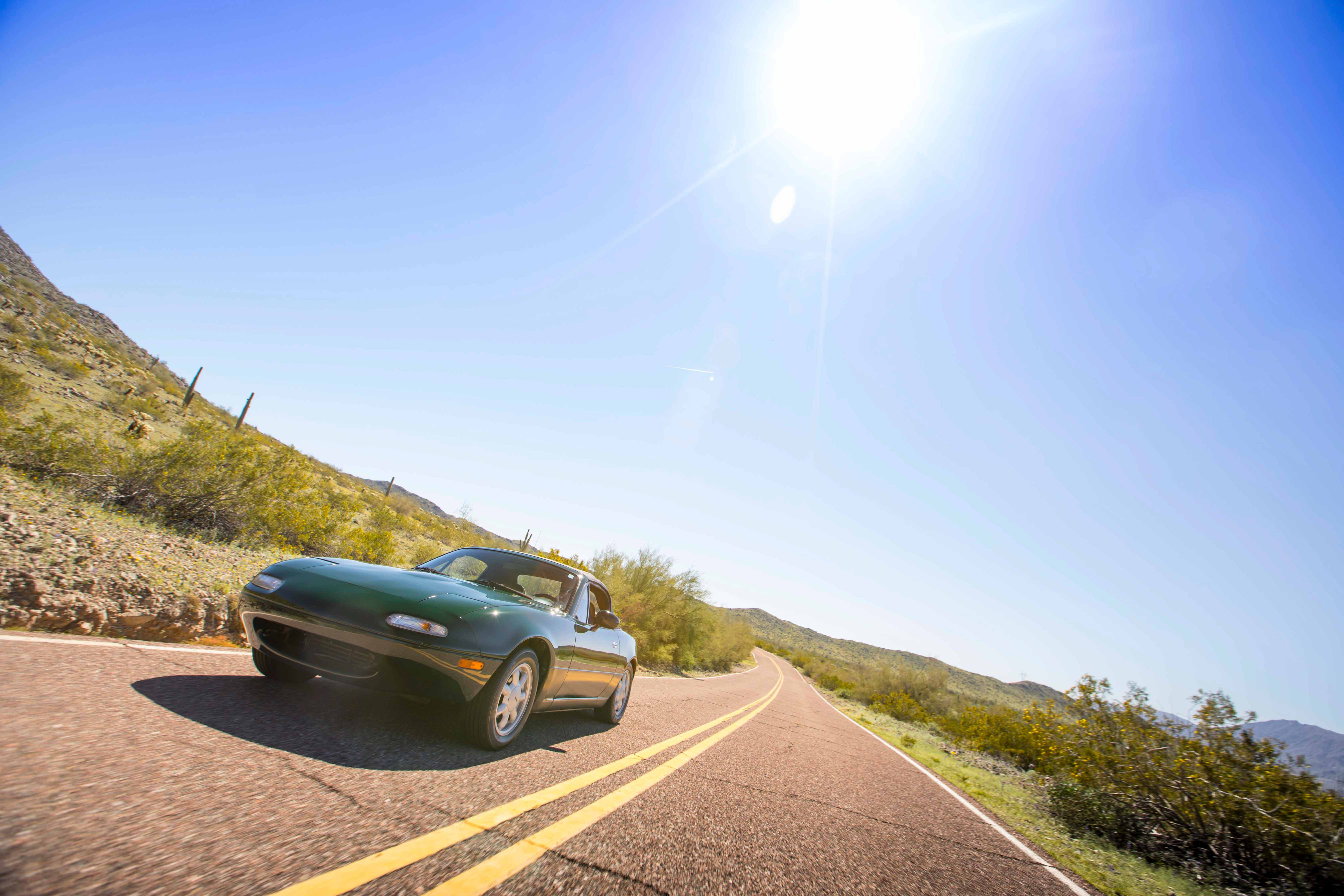
People don’t just say “Miata is always the answer” because it’s funny. Fact of the matter is, Mazda’s spunky little roadster will go down as one of the greatest success stories in automotive history, rejuvenating the moribund sports car market and becoming the world’s all-time best-selling convertible. It was affordable, fun-loving, and weighed just 2200 pounds. The car’s positively pure and balanced sports car spirit won over the hearts of drivers everywhere, and to this day the cars are mainstays of autocrosses, open track days, racing efforts, and Sunday drives all over the world.
C6 Chevy Corvette ZR1 (2000s)
20180710125025)
While the late fourth-generation (C4) and fifth-generation (C5) Corvettes did bring some street-cred back to the table following the Malaise era, the C6 is where the Corvette really showed up with a wallop of performance that forced people to pay attention. Much like the version from the ’90s, the C6 ZR1 brought unrivaled performance previously unseen by an American automaker. Costing $103,000, the ZR1 brought unquestionable supercar-level performance to your garage for about half the cost of a Ferrari F430 and a third of the cost of a base-level Lamborghini Murcielago. And when Chevrolet took the ZR1 to the Nürburgring for testing, the car laid down down an official lap time that was within a second of the Ferrari Enzo and two seconds faster than the Porsche Carrera GT.
Tesla Model S (2010s)

While we’re technically not through with the 2010s, we think it’s safe to pick the greatest car to come out of this decade. There have been huge leaps forward in automotive technology over the past few years. Cars are faster, more efficient, and quieter, while the rapid advances in active safety technology continue to bring us closer to cars that can actually drive themselves. And while all-electric cars are nothing new, no other car company is more synonymous with the EV than Tesla. Not only is it remarkable that a small California startup is the last word in electric cars, the design and engineering of the Model S became the foundation for an entire generation of EVs to come. But most importantly, only one has made the electric car cool, and that’s the Tesla Model S.






